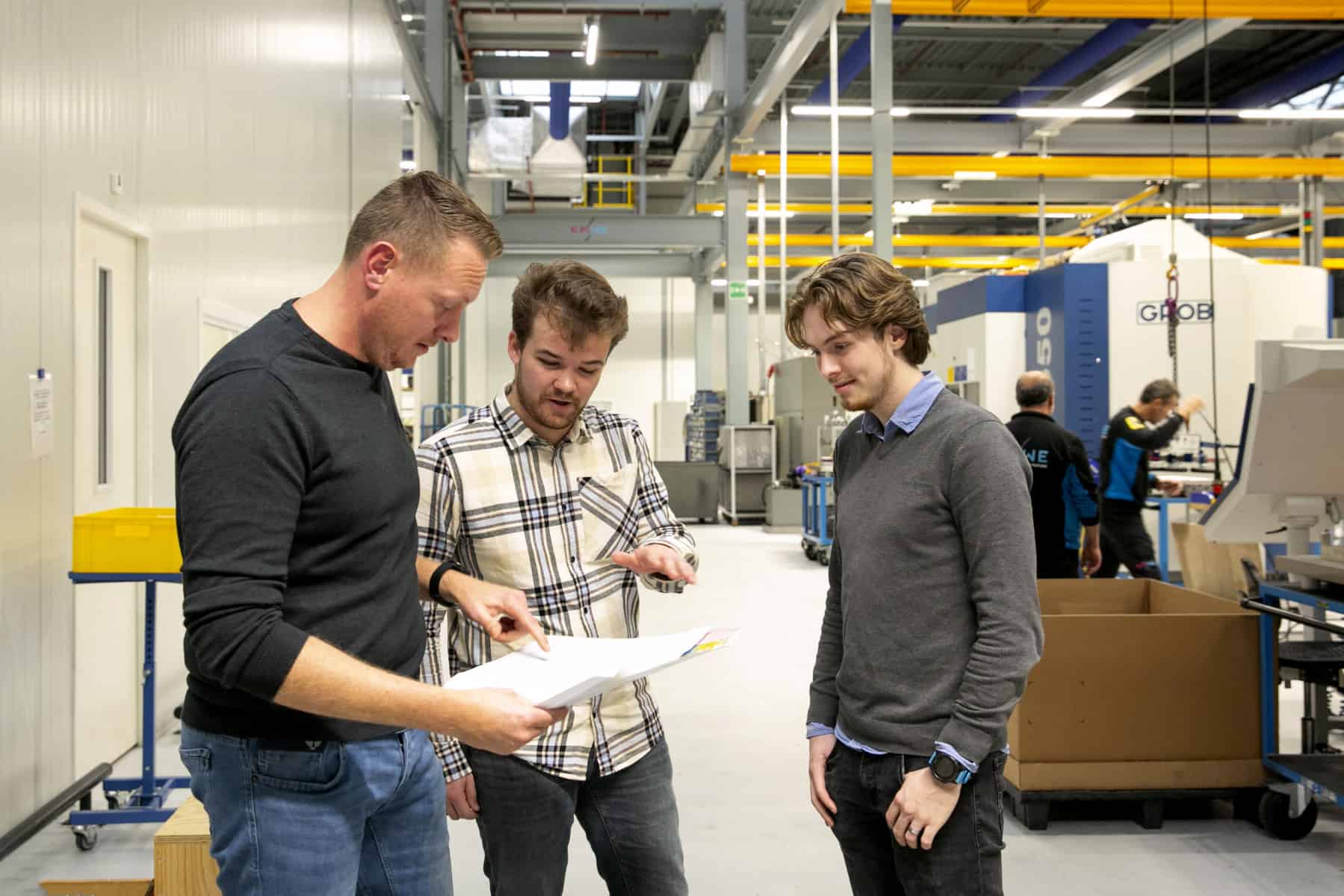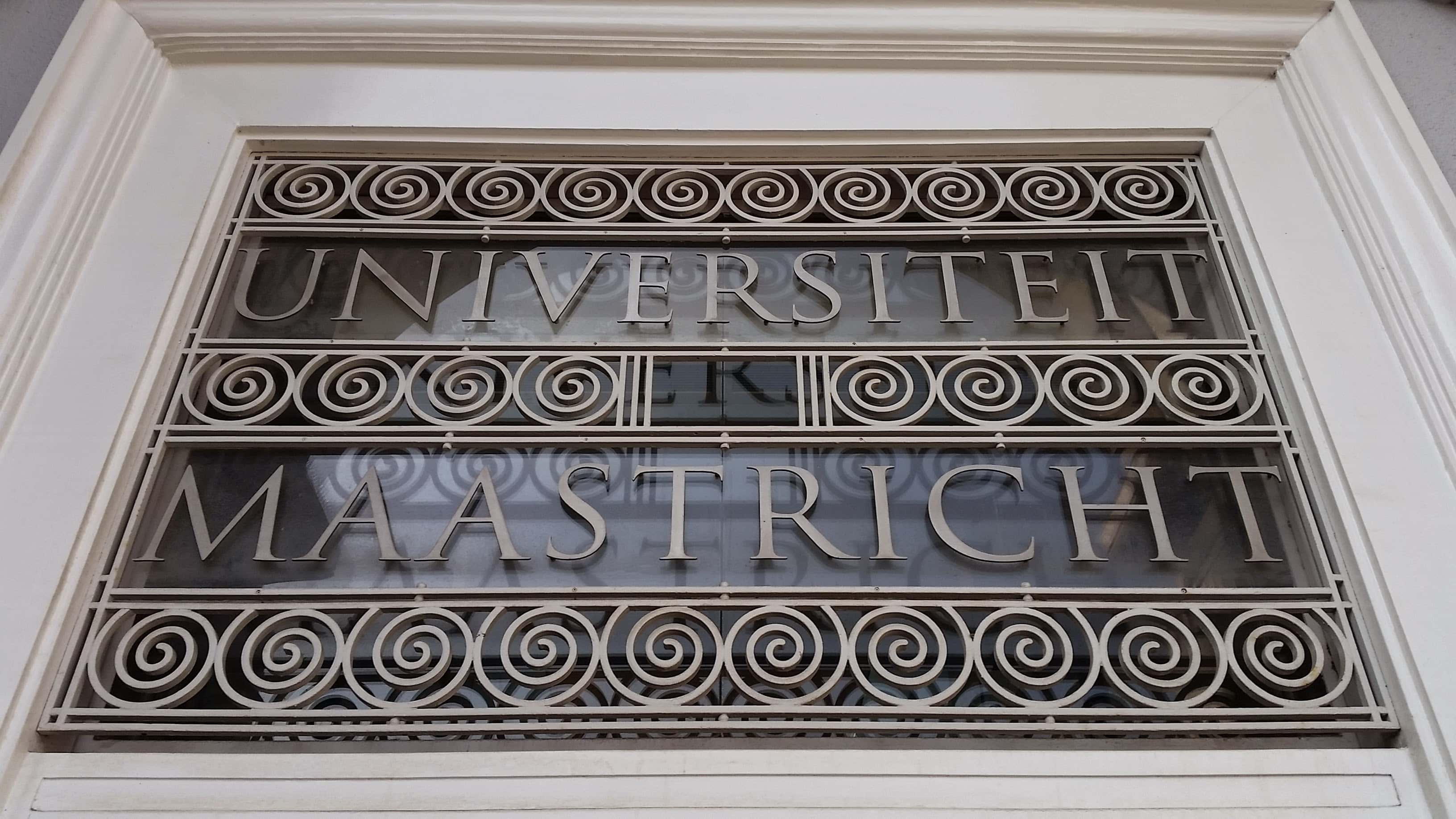
Immediately after Christmas the first batch of around 150 students leave for Finland to work on a paper fiber reinforced bridge of ice. The 65 meter-long bridge is based on a Leonardo da Vinci design, with a free span of 35 meters, making it the longest ice bridge ever. The international project is being led by TU/e; students in the team come from Summa, Fontys and TU/e.
This five-meter wide bridge is due to be completed by 13 February. To demonstrate that it is strong enough for pedestrians, a two-ton car will be put on the bridge.
The ‘Bridge in Ice’ is the third ‘ice project’ in Finland by students and staff of the Built Environment department of Eindhoven University of Technology. As in previous years, the tension is again palpable – will it be cold enough in the Finnish town of Juuka to get the construction ready in time. In 2014 a team from Eindhoven built the world’s largest ice dome (30 meters across) in just three weeks, and they only just made it due to the unusually warm weather in Finland that year. Because this project requires twice as much ice, around 900 tons in total, the team expects to need twice as much building time. The students will be working in shifts day and night for seven weeks. Long work disruptions are not an option because otherwise the equipment would freeze.
The bridge will be made with water to which two percent paper fiber is added. The fiber makes this water in its frozen state three times as strong as normal ice, and ten times as tough. The students spray this water in thin layers onto an inflated balloon that serves as a mould and it freezes almost instantly. Once the structure is strong enough, the balloon is removed from under it. The bridge is based upon a design by Leonardo da Vinci for a bridge over the Bosporus that was never built. The ice bridge has the same construction principle as that of Da Vinci’s: the only load on the whole structure is compression. The paper fiber that remains after the ice has melted in the spring will be used as compost.
The team wants the project to be able to show what this material is capable of. Construction designers at TU/e have already done their calculations in advance and expect the bridge to be able to easily bear the weight of a car. The same calculation also revealed that the previous aim of a fifty-meter free span was not feasible because more ice would be needed than the team can produce. The bridge will be used only by pedestrians, except during the opening when a car will test the bridges strength. The bridge will be the main attraction of an ice festival taking place in Juuka at the same time, and it is expected, just like past ice projects, to attract thousands of visitors.
In total around 150 students and volunteers will be making the trip to Juuka to build the bridge. Not just from the Netherlands but also from Belgium, England, Scotland, Portugal, Switzerland and Finland. The project leader is Arno Pronk, researcher at TU/e, who will be assisted by co-leader Master students Roel Koekkoek and Thijs van de Nieuwenhof. In addition to the students and staff of TU/e, ten educational institutions are cooperating, including the Belgian University of Gent and KU Leuven as well as Aalto University (Helsinki). Forty-five companies are also participating in the project.
More information can be found on the project website and on Facebook. The building work can be followed via livecams and the pictures will be published on the website.
Source: press release TU Eindhoven








